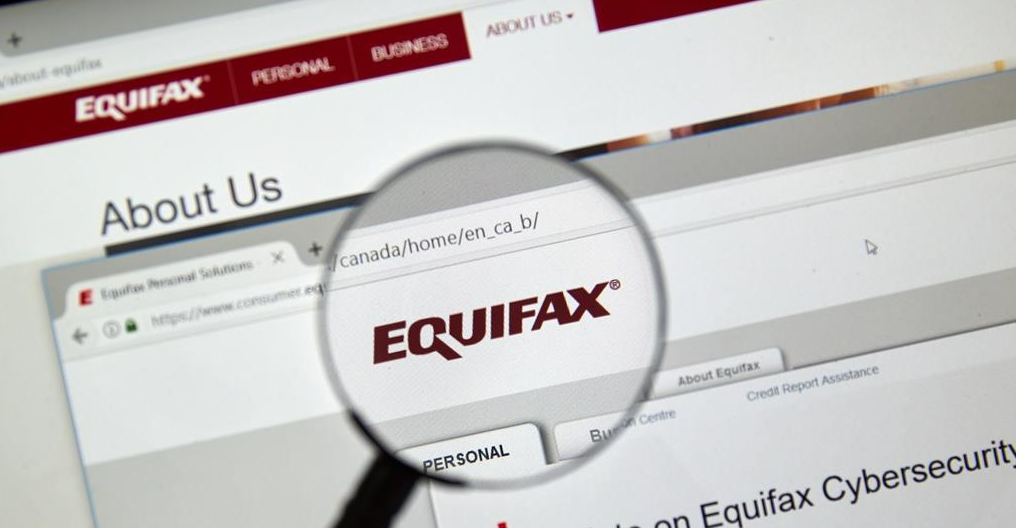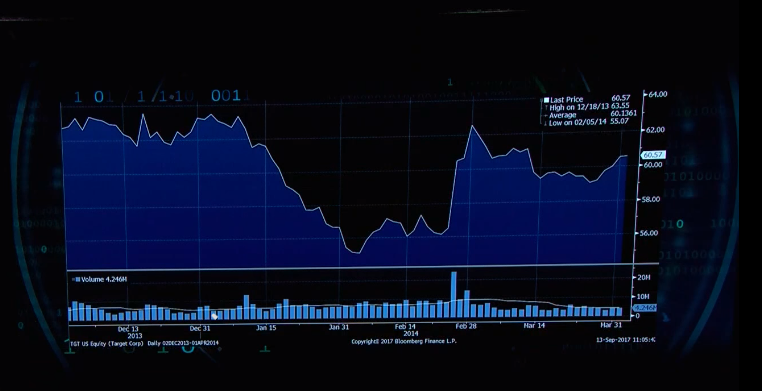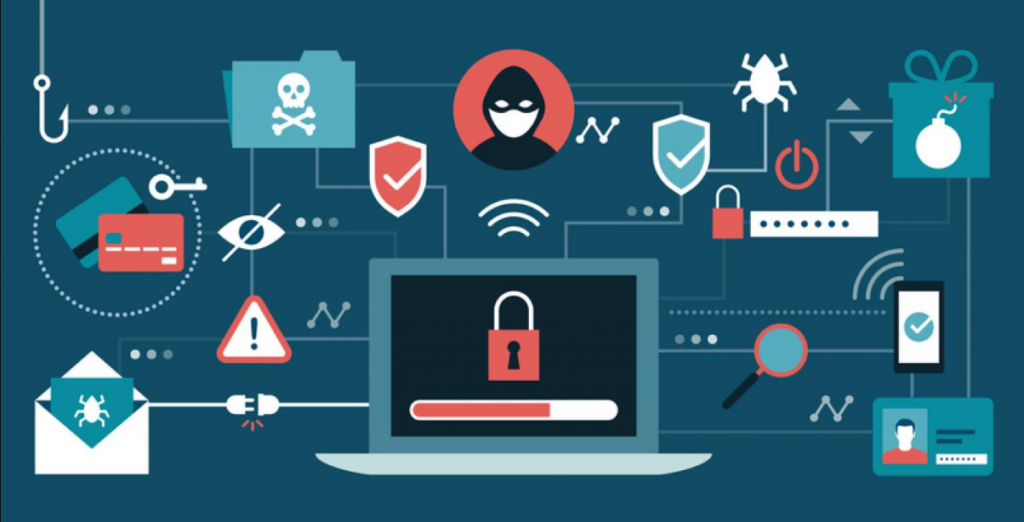Overview of the Equifax Security Hack

In 2017, Equifax, one of the three largest credit reporting agencies in the United States, suffered a massive security breach that exposed the personal information of approximately 147 million people. The breach occurred between May and July of that year, but Equifax did not discover it until July 29th. The information stolen included names, birth dates, social security numbers, addresses, and in some cases, driver’s license numbers and credit card information.
Scope And Impact of the Breach

The Equifax breach was one of the largest data breaches in history, affecting nearly half of the US population. The stolen information was highly sensitive and could be used for identity theft, fraud, and other malicious activities. The breach also exposed serious flaws in Equifax’s security systems and raised concerns about the security practices of other credit reporting agencies and financial institutions. Equifax faced widespread criticism and legal action and ultimately agreed to pay a settlement of up to $700 million to compensate affected consumers.
Types of Data Compromised
The data compromised in the Equifax breach included names, Social Security numbers, birth dates, addresses, and in some cases, driver’s license numbers and credit card information. This information is highly sensitive and valuable to cybercriminals, as it can be used to open fraudulent accounts, obtain loans, and commit other forms of financial fraud. The breach also exposed the personal information of millions of individuals who had no relationship with Equifax, as the company collects data from a wide range of sources.
Personal Information At Risk
The Equifax data breach in 2017 exposed the personal information of millions of individuals, including Social Security numbers, birth dates, addresses, and in some cases, driver’s license numbers and credit card information. This information is highly sensitive and valuable to cybercriminals, as it can be used to commit financial fraud. The breach also affected individuals who had no relationship with Equifax, as the company collects data from various sources.
Financial Data Exposed
The Equifax data breach in 2017 resulted in the exposure of the financial data of millions of individuals. The breach included credit card information, which is highly sensitive and valuable to cybercriminals. This information can be used to commit financial fraud and can cause significant financial damage to the affected individuals. The breach also affected individuals who had no relationship with Equifax, as the company collects data from various sources.
Potential Consequences of Compromised Data
The potential consequences of compromised data can be severe and long-lasting. Here are some of the most common consequences that individuals may face:
1. Identity theft: Cybercriminals can use stolen personal information to create fake identities and open fraudulent accounts in the victim’s name.
2. Financial loss: Stolen financial information can be used to make unauthorized purchases or withdraw money from bank accounts, causing significant financial damage to the victim.
Determining if Your Data Was Compromised
If you suspect that your data may have been compromised, there are a few steps you can take to determine if this is the case.
1. Monitor your accounts: Keep a close eye on your bank and credit card statements for any unauthorized transactions. If you notice anything suspicious, contact your financial institution immediately.
2. Check your credit report: Review your credit report regularly to look for any accounts or inquiries that you don’t recognize.
Additional Measures to Protect Yourself
In addition to monitoring your accounts and checking your credit report, there are other measures you can take to protect yourself from data breaches:
1. Use strong and unique passwords: Avoid using the same password for multiple accounts and create strong passwords that include a mix of letters, numbers, and symbols.
2. Enable two-factor authentication: This adds an extra layer of security to your accounts by requiring a code sent to your phone or email in addition to your password.
Recovering from Data Compromise
If you suspect that your personal information has been compromised in a data breach, there are several steps you can take to recover and protect yourself:
1. Change your passwords: Immediately change the passwords for any accounts that may have been affected by the breach. Make sure to create strong, unique passwords for each account.
2. Monitor your accounts: Keep a close eye on your bank accounts, credit cards, and other financial accounts for any suspicious activity. Report any unauthorized charges or transactions to your bank.
3. Consider reporting the incident to the appropriate authorities, such as the Federal Trade Commission (FTC) or the Internet Crime Complaint Center (IC3). This can help prevent further damage and may aid in the investigation of the breach.
4. Enable two-factor authentication: Two-factor authentication adds an extra layer of security to your accounts by requiring a code in addition to your password to log in. Enable this feature on all accounts that offer it.
Legal and Financial Implications
In addition to the steps mentioned above, it is important to consider the potential legal and financial implications of a data breach. Depending on the severity of the breach and the type of information compromised, there may be legal obligations to notify affected individuals and regulatory agencies. Failure to comply with these obligations can result in fines and legal action. There may also be financial consequences, such as loss of revenue and damage to the company’s reputation.
Lawsuits And Settlements Related to The Breach
It is important to also consider the potential lawsuits and settlements that may arise from a data breach. Affected individuals and organizations may seek damages for any harm caused by the breach, such as identity theft or financial losses. Additionally, shareholders may file lawsuits against the company for failing to adequately protect their investments. These lawsuits and settlements can result in significant financial losses for the company, as well as damage to its reputation. Therefore, companies must take all necessary measures to prevent data breaches.
Understanding Your Rights
Understanding your rights is important in any situation, but it is particularly important when it comes to data breaches. As a consumer or user of a company’s services, you have a right to know if your personal information has been compromised in a data breach. Companies are required to notify individuals whose personal information has been involved in a breach, and they must do so promptly.
Seeking Legal Advice, If Necessary
Seeking legal advice is also an important measure to take if you have been affected by a data breach. A lawyer can help you understand your legal rights and options and can assist you in taking legal action if necessary. This can include filing a lawsuit against the company responsible for the breach or joining a class-action lawsuit with other affected individuals. It’s important to act quickly, as there may be time limits for taking legal action.
Data Security Best Practices

Here are some data security best practices to help prevent data breaches:
1. Use strong and unique passwords for all your accounts and change them regularly.
2. Enable two-factor authentication whenever possible.
3. Keep your software and operating system up to date with the latest security patches.
4. Use anti-virus and anti-malware software and keep it updated.
5. Be cautious when clicking on links or downloading attachments from unknown sources.
6. Use a virtual private network (VPN) when accessing public Wi-Fi.
Future Precautions and Regulatory Changes
1. Use encryption to protect sensitive data, both in transit and at rest.
2. Implement access controls to limit who can access sensitive data and systems.
3. Conduct regular security audits and risk assessments to identify vulnerabilities and address them promptly.
4. Comply with applicable regulations and standards, such as GDPR and HIPAA.
5. Train employees on security best practices and make them aware of potential threats.
6. Have an incident response plan in place in case of a breach or cyber attack.
FAQs (Frequently Asked Questions)
How Did The Equifax Hack Happen?
The Equifax hack occurred in 2017 when cybercriminals exploited a vulnerability in the company’s web application software. The attackers were able to access sensitive information, including Social Security numbers, birth dates, and credit card numbers, of approximately 143 million consumers. The breach was a result of Equifax’s failure to patch a known vulnerability in their software, which allowed the attackers to gain access to their systems.
How Do I Check If My Data Was Compromised By Equifax?
To check if your data was compromised by Equifax, you can visit the company’s website and click on the “Potential Impact” tab. From there, you will be asked to enter your last name and the last six digits of your Social Security number. Equifax will then inform you if your data was impacted by the breach and provide you with options for free credit monitoring and identity theft protection.
What Should I Do If My Data Was Compromised?
If your data was compromised by Equifax, there are several steps you can take to protect yourself. First, consider placing a fraud alert or credit freeze on your credit report to prevent unauthorized access. You can also monitor your credit report regularly for any suspicious activity. Additionally, be cautious of any unsolicited emails or phone calls asking for personal information, as they may be phishing scams. Finally, consider signing up for credit monitoring and identity theft protection services offered by Equifax or other reputable companies.
How Long Do I Need Credit Monitoring Services?
The length of time you need credit monitoring services depends on your situation and level of risk. Some people may only need it for a few months after a potential breach or identity theft incident, while others may choose to continue monitoring their credit for years. It’s important to assess your own risk and make a decision based on your circumstances.
Will Freezing My Credit Affect My Ability To Obtain Loans?
Yes, freezing your credit can affect your ability to obtain loans. When you freeze your credit, you are essentially putting a lock on your credit report, which means that lenders will not be able to access your credit information. This can make it more difficult to get approved for loans or credit cards, as lenders will not be able to review your credit history.
How Can I Protect My Data From Future Breaches?
There are several steps you can take to protect your data from future breaches:
1. Use strong, unique passwords for all of your accounts and enable two-factor authentication whenever possible.
2. Keep your software and operating systems up to date with the latest security patches.
3. Be cautious when sharing personal information online and limit the amount of personal information you share on social media.
4. Use reputable antivirus software and keep it updated.
5. Avoid clicking on links or downloading attachments from unknown sources.
Conclusion
In conclusion, taking proactive steps to protect your online security can greatly reduce the risk of future breaches. By using strong passwords, enabling two-factor authentication, keeping software up to date, being cautious with personal information, using reputable antivirus software, and avoiding unknown sources, you can better protect yourself and your data from potential threats. Remember, prevention is always better than cure when it comes to online security.
